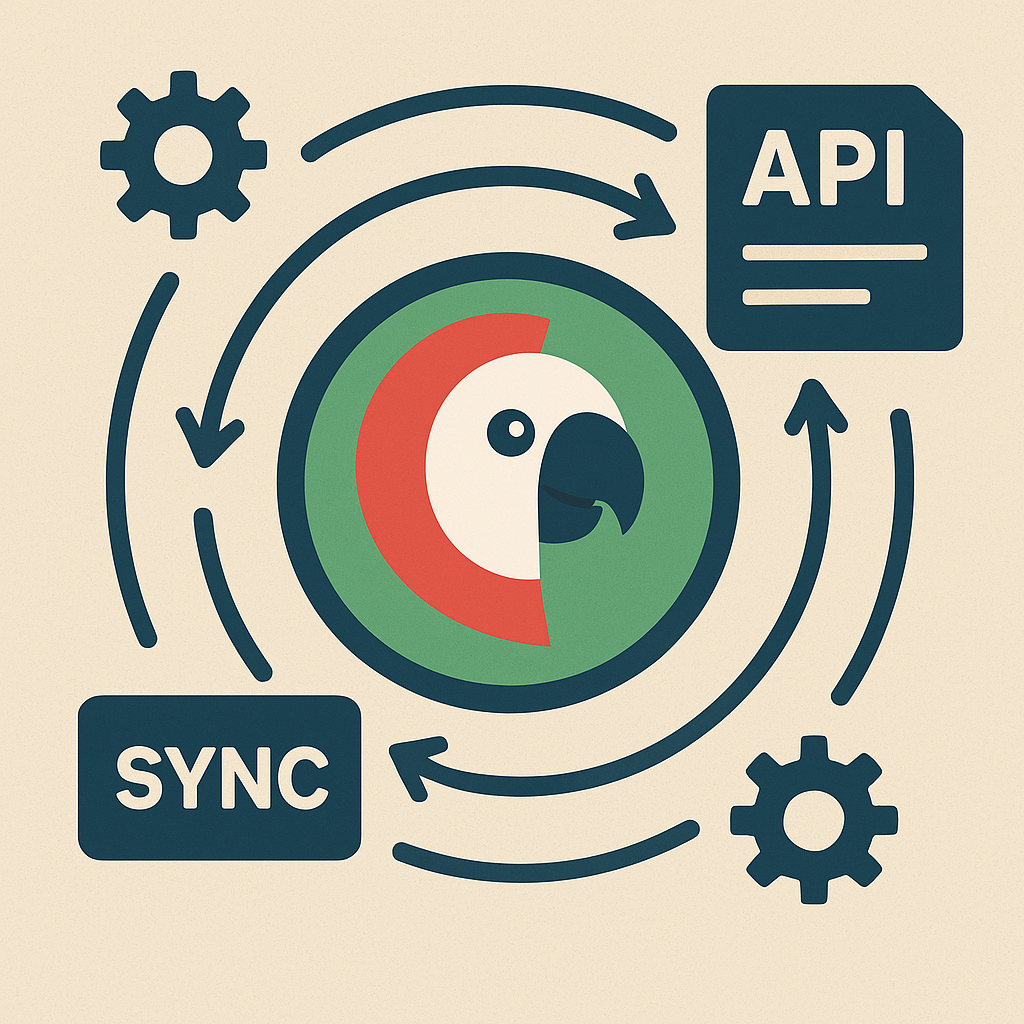What are we about? WordPress, multilingual capabilities and comprehensive remote content control 😉
Our Goals
We set out to create a reliable solution that would:
- Automate language version synchronization processes
- Provide automated synchronization of taxonomies and posts between languages
- Deliver a secure, extensible REST API for integration with external services
- Maintain full compatibility with existing Polylang infrastructure
Implementation Steps
1. Analysis and Research
We began by analyzing the existing Polylang plugin structure, discovering how it internally manages translation relationships through special linking terms with pll_ prefixes.
2. Core Architecture Development
- Created a modular plugin structure with separate classes for different responsibilities
- Implemented proper namespacing (Forwp\PolylangApiSync) to avoid conflicts
- Added comprehensive validation and error handling
3. API Endpoint Implementation
- Developed REST API endpoints for taxonomy and post synchronization
- Implemented proper authentication and authorization (user login, capabilities, nonce verification)
- Added comprehensive input validation and sanitization
4. Translation Logic Implementation
The breakthrough came when we discovered Polylang’s internal mechanism:
// Polylang creates linking terms with unique identifiers
$group = uniqid('pll_');
wp_insert_term($group, 'term_translations', array(
'description' => maybe_serialize($translations)
));5. Testing and Validation
- Tested with real taxonomy terms (niche: 820/822, 825/827)
- Validated with custom post types (cpt-services: 2397/2398)
- Confirmed successful synchronization in Polylang admin interface
Challenges We Faced
Technical Challenges:
- API Function Limitations: Polylang’s free version lacks direct API functions for translation linking
- Database Structure Complexity: Understanding how Polylang stores translation relationships
- Error Handling: Managing various failure scenarios gracefully
Security Challenges:
- Authentication: Ensuring only authorized users can access the API
- Input Validation: Preventing malicious data injection
- Rate Limiting: Protecting against potential DoS attacks (planned for future versions)
Compatibility Challenges:
- WordPress Standards: Ensuring compliance with WordPress coding standards
- Polylang Integration: Maintaining full compatibility with existing Polylang functionality
- Future Updates: Building extensibility for future WordPress and Polylang versions
Results Achieved
Functional Results:
- ✅ Taxonomy Sync: Successfully synchronizing terms across languages
- ✅ Posts Sync: Working with all post types including custom CPTs
- ✅ API Endpoints: Fully functional REST API with proper responses
- ✅ Real-time Synchronization: Immediate linking visible in Polylang admin
Technical Results:
- Performance: Fast, efficient synchronization using WordPress core functions
- Reliability: Robust error handling and validation
- Extensibility: Comprehensive hook system for future enhancements
- Standards Compliance: Follows WordPress and Polylang best practices
Business Results:
- Cost Savings: Achieved enterprise-level functionality with free tools
- Time Efficiency: Automated synchronization reduces manual work
- Scalability: Ready for integration with external services and automation tools
Summary
At first glance, this functionality might seem unnecessary or overly complex. However, when viewed from the perspective of automation (API interaction) with various services and multilingual usage, everything becomes clear about why this is needed.Our solution demonstrates that:
- Budget constraints don’t limit functionality – We achieved enterprise-level API capabilities using free tools
- Open-source solutions can be enterprise-ready – Proper architecture and testing make all the difference
- Automation is the future – API-driven synchronization enables integration with modern development workflows
- Understanding internals pays off – Deep diving into Polylang’s code revealed the optimal implementation approach
The plugin we created (4wp-polylang-api-sync) now serves as a bridge between Polylang’s free multilingual capabilities and the API-driven automation requirements of modern web development. It’s a testament to how understanding the underlying technology can unlock powerful solutions without breaking the bank.Key Takeaway: Sometimes the best solution isn’t the most expensive one—it’s the one that leverages existing tools intelligently and builds upon proven foundations.

